In Conversation – an interview with Matthew Morrocco and Emma Sulkowicz
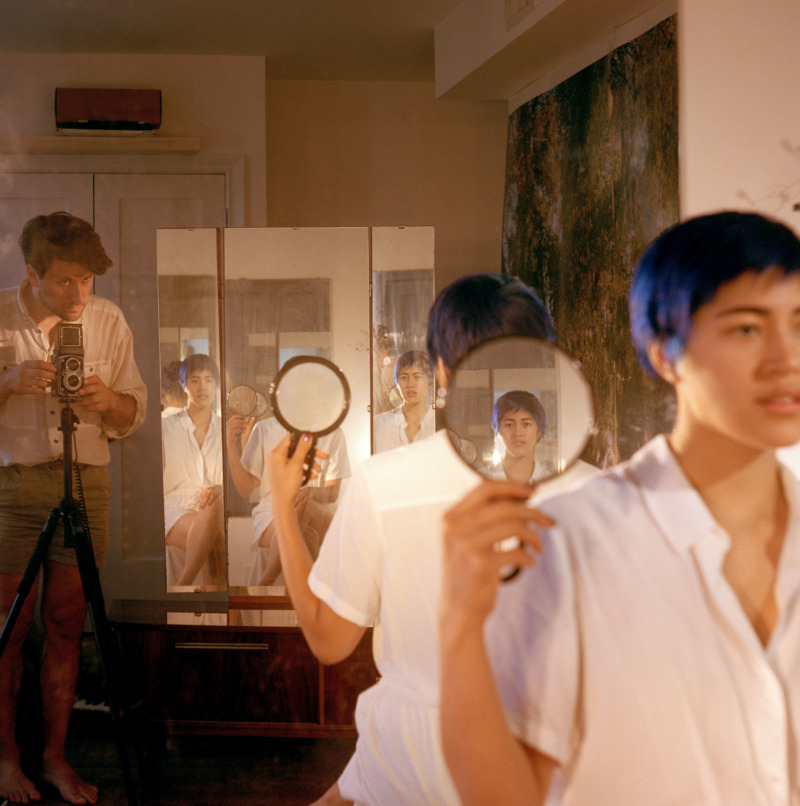
In her most famous work, Mattress Performance (2014-2015), Emma Sulkowicz carried her mattress around Columbia University after being raped on campus in 2012 in a too familiar story of sexual violence. The act set off a firestorm of interest and discussion about the definition of domestic rape and how it fits into a societal context that so clearly emphasizes the career and value of young men over young women.
Complicit, by Matthew Morrocco, is the artist’s story of his relationships with older men which informs a larger discussion on sexuality and ageing.
“Matthew was my grad-student TA in Photo 1, and we immediately became friends,” says Emma, “he was the youngest student in his program so we felt close in age, and he understood my work in a way that none of my peers ever could.”
“We began a friendship based on the belief that art could change the world,” says Morrocco, “but we had a certain disillusionment with the value of art as a luxury item. It seemed to us that the best way to make an impact, a real impact, was to offer up our personal experiences as loudly, clearly, and emphatically as possible with a rawness that my uncle once described as a ‘fuck the world’ aesthetic.” It is hard to measure the effects their work had on culture at large, but in an effort to round out the conversation, the two were eager to discuss their personal experiences, not just of their work but also what it means to be an artist in the 21st century. Last month, the two sat down together to discuss the personal and emotional affects this work has had on their lives.
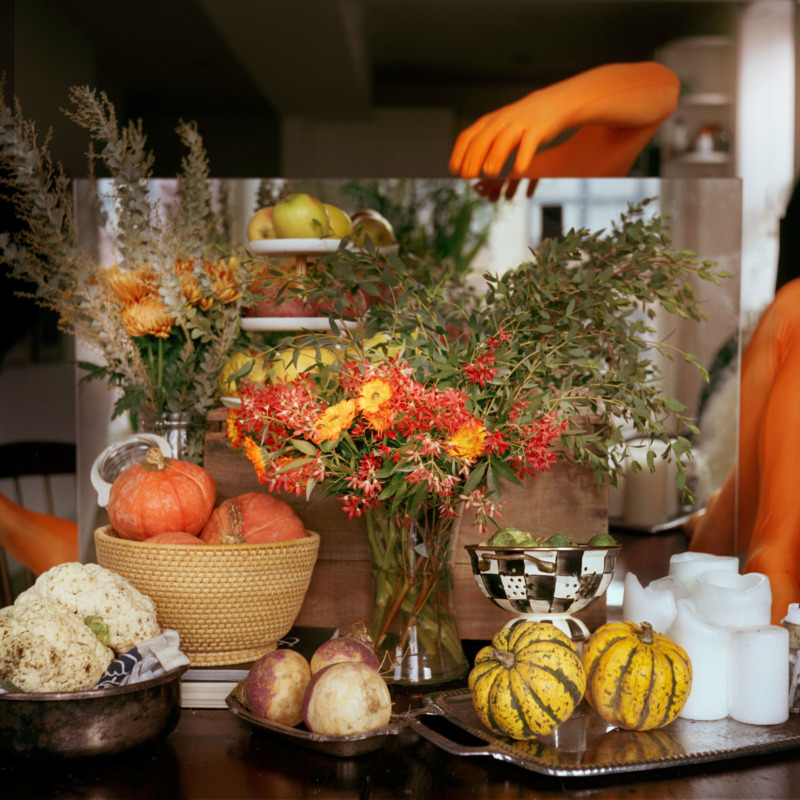
Emma Sulkowicz (ES) — I don’t think I’m going to be making art anymore.
Matthew Morrocco (MM) — Ever again?
ES — Yeah
MM — Why?
ES — I grew up making art, sculpture, drawing, painting. By the time I was doing Mattress Performance, I remember being so worried that people wouldn’t agree that it was an artwork. I think maybe in some ways that fear was well-founded; maybe it wasn’t an artwork…and it wasn’t a protest either…it was just a crazy fucking thing that I was doing. In the wake of that, I did a number of performance art pieces. But there were so many people in the art world telling me that there were so many qualifications I needed in order to be considered an artist; an MFA, recognition from the Whitney ISP; as if the fact that I was literally out in the world making art wasn’t qualifying enough. I realized that I didn’t care… I might never get a gallery or make a sale and I don’t feel interested in participating in the art world with all of its invisible rules and regulations. I just want to create things on a ‘bigger picture’ scale than the art world has afforded me.
MM — Are you interested in pursuing a completely different profession?
ES — I don’t have any ideas for artworks right now so I can’t make art. I’ve been working on a memoir which is really fulfilling and I am learning about how to start a business. I have an idea for a business that I think would be really useful to a lot of people.
MM — Sounds amazing. I think it’s brave to pursue a different profession after such a public debut.
ES — I’m just frustrated with the way the art world works. Now that I’m a bit more removed from it, I feel like we’ve been tricked. The people who are pushed to become the most vulnerable artists are the people that are the most vulnerable to begin with. The people who are the most vulnerable are culturally valued for slicing open their souls. I often feel like the art system that functions like a factory tricks us into hurting ourselves for our art because we seem so tough and no one really gives a damn about our mental health when we do these crazy things. I would’ve even appreciated someone tossing me a few dollars. I did receive a bunch of death threats, though.
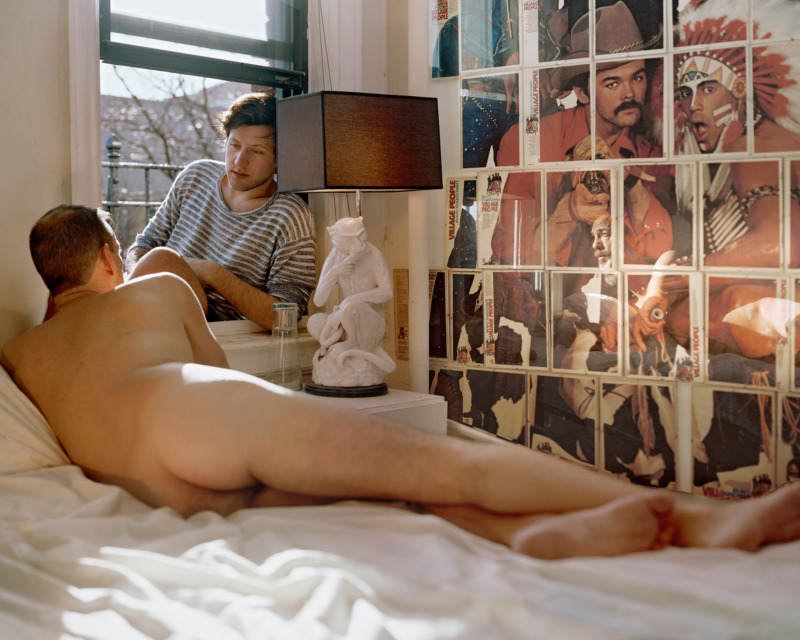
MM — Yeah, I remember when I was young and in art school there was a lot of pressure to embrace the fact that I was a ‘gay’ artist and make art about that specifically, but that was also a threatening place to exist. For my work, I was putting myself in compromising situations with older men, some of whom were not emotionally stable and the things that happened were pretty serious.
There were many people in grad school available to talk about and criticize my work but there weren’t a lot of people available to worry about my emotional well-being. It is something that concerns me about a lot of young art students now. I think there’s an expectation that when you’re a part of a minority group—trans people, POC, and not all of them feel this way—that you need to be making art specifically about your identity when your identity is the thing that alienates you from emotionally safe social interaction in the first place. So to put that expectation on blast, in order to celebrate vulnerable people in a weird and insincere media-driven way, is an important issue that not many people are paying attention to.
ES — Yes! In the writing and journalism world there’s a term called the ‘Personal Narrative Industrial Complex’, where a similar thing is happening. It means that young writers are expected to write these harrowing first-person narratives about being raped by their dad or something and then that’s what they make money on but then what do you write after that? Once you’ve bared your soul, you’re emptied out. I love how you describe that as a negative feedback loop where once you expose yourself that way and highlight all the ways that make you different, it compounds on itself and you create things that further alienate you from society. For me, the reception of my work was more alienating than the original trauma that I was talking about in the work itself. When I was making Mattress Performance, many people started to consume and receive me in a way that was difficult and damaging.
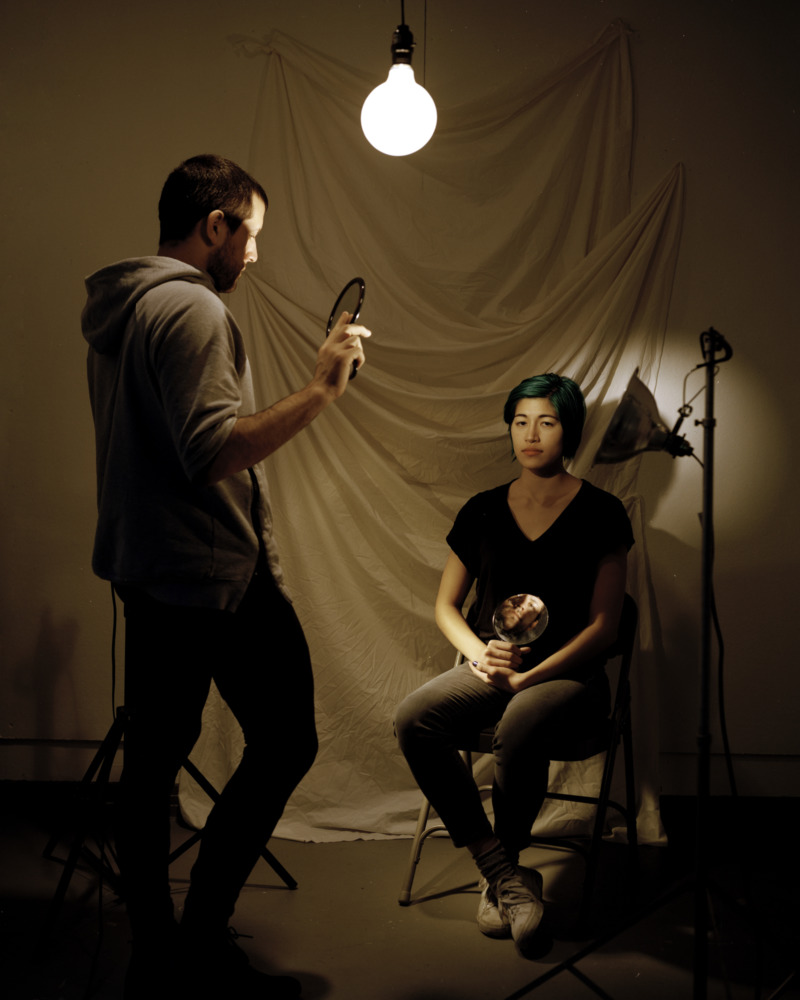
MM — For me, I found was that a lot of people were interested in my work Complicit as a form of sexual fetishization rather than a response to something that I was trying to comment on about society. I got messages that said things like “I’m so happy that you can publicly talk about your sexual fetish publicly.” The New Yorker wrote an article that they originally titled ‘Gay Photographer Documents his Trysts with Older Men’. I asked them to change ‘Gay Photographer’ to Artist. It seemed like a very clickbait fetish driven title. And the writer talked about how I like to have sex with older men; I was taken aback by a lot of this. The project was not exactly about my sexual interest in older men. But I think a lot of people latched on to this idea because historically, that’s what ‘gay photographers’ do—document their sexual exploits.
There are plenty of artists who have very successful careers painting abstract pictures that basically all look the same but once you’ve made a public
Like with your work, you aren’t going to get raped again and then make art about it. But the way the art world is built, it supports behaviour like that. Many artists feel like they have no recourse but to continue to do that thing they’ve already done because it’s been successful and that’s how people who have gained some level of success become worldwide important artists. Some of them switch things up but for the most part, they remain the artist who does one thing and that’s what people expect. But if you’re making art about a specific and very vulnerable moment, what do you do after that?
ES — Right. How many iterations of me being raped do I want to contend with in order to make artwork that’s consumable… I mean, one is enough.
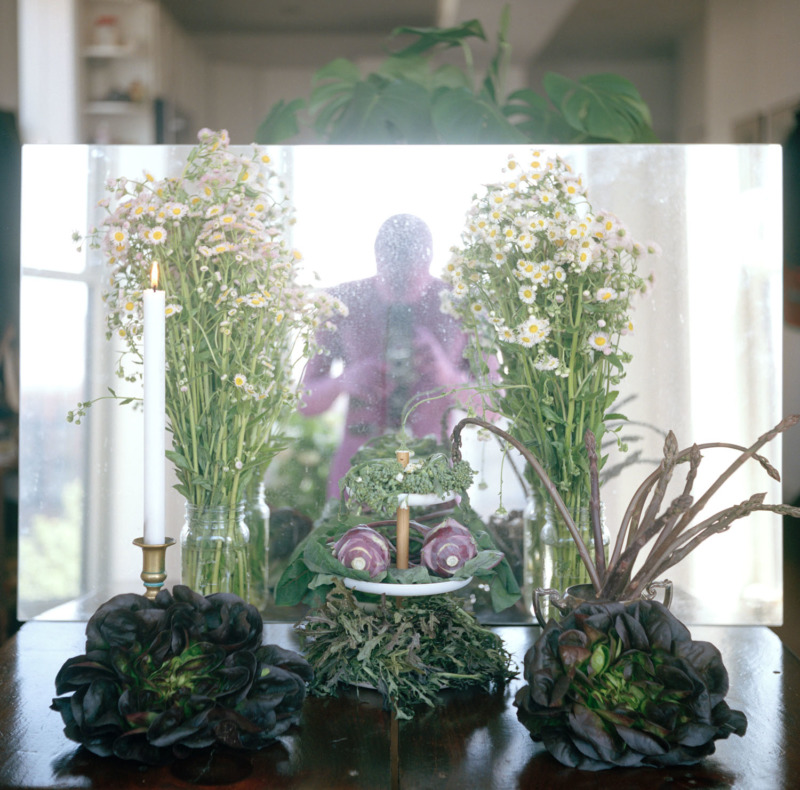
MM — I mean, you shouldn’t even have had to do the first one! Whenever I give artist talks, especially to young artists, I always tell them to be careful and that I wouldn’t advise them to make the kind of work that I was making. When I was in school I wanted to be a successful artist. And I keep wondering what it says about the art world and social media, that I saw stripping myself naked and putting myself in compromising situations with older men as my clearest path to that?
ES — I had learned that art is supposed to express your emotions. Mattress Performance felt like a simple formula; I would just carry
MM — Yeah but you’re talking about what people are going to buy to put in their homes and then what people are going to consume on the internet. I mean, how many times do we see a watercolour trending?
ES — Haha that’s true, I don’t think I’ve seen any watercolour gradations trending recently.
MM — But I think it’s important to our conversation because what is considered ‘important’ art and what the commercial market is like and who is allowed to participate in the commercial market versus who is only allowed to be publicly consumable.
There’s a reason that performance art is a medium dominated by women because not many gallerists wanted to sell art made by women. When I was in school I felt like so many people
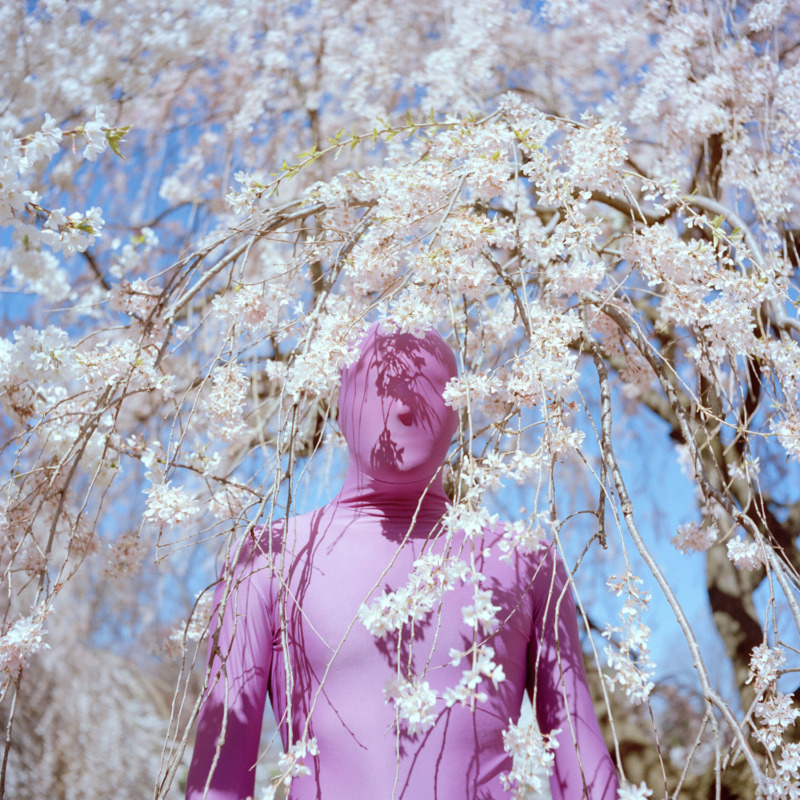
ES — Yes, t
MM — Not to say that every straight white dude who makes art will be successful. But often there seems to be a separation between what is culturally valuable at the moment it’s made and then what is financially viable. For me, I felt like no one ever really took me aside to talk to me about how I was going to make a living off of this but plenty of people took me aside and told me I needed to look at Robert Mapplethorpe’s BDSM pictures. I feel like I always tried to avoid becoming the thing I was told to become and I feel like I’ve put myself into a situation where I’ve become the thing I’ve been told to become which is a “gay photographer” documenting his trysts with older men.
ES — Yes, I’m glad you brought it back to that. Clearly, you are very smart and put a lot of work and effort into these photographs. And in my experience, I felt like people painted me as this sad lone martyr bearing this weight for society and when people meet me they’re surprised that I’m funny or smart or articulate. So many people seem to think that I’m just a crazy performance artist who might flap open my vagina at any given moment.
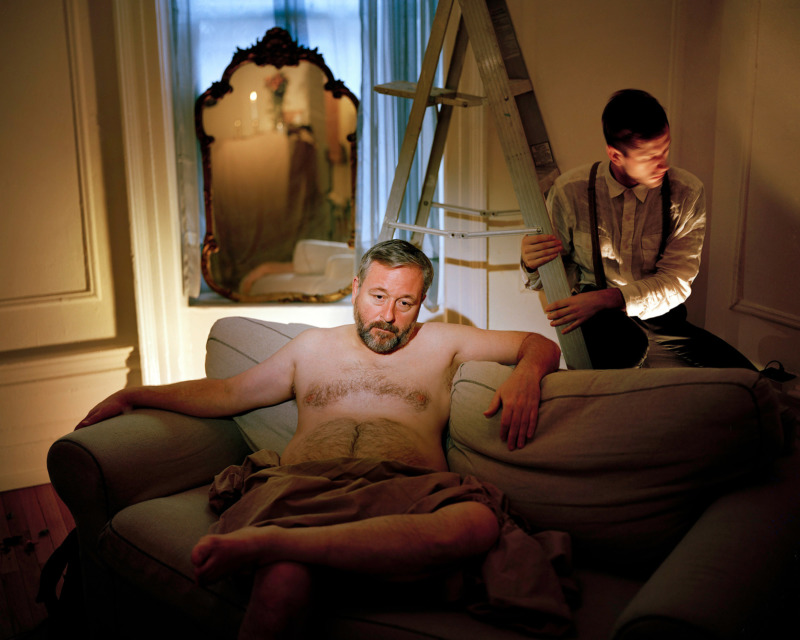
MM — When you were making that work I remember you were really insistent on showing people that you were a full person and not being put into that box of being this “hero.”
ES — Yeah, I mean, there were people who thought I was a hero and then there was also this stereotype of the crazy angry bloodthirsty performance artist, which isn’t who I am either. Many people think that everything I do is an artwork which is difficult; I’m also
MM — Right, I’m happy to have made this work on the one hand because a lot of people really responded to it and it ended up being very meaningful for me but I also think that on the other hand I was working something out that may have been better explored privately and under different circumstances.
ES — Yeah. I mean, I’d like to go on a normal date at some point! But as an end note I want to say that you are more than just a ‘gay photographer’ documenting his ‘trysts’. And I know that I’m more than just a “crazy feminist performance artist.”
